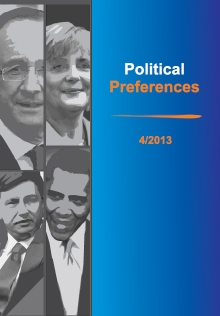

Download files
Citation rules

No. 4 (2013)
Published: 2013-01-01
 10.31261/polpre
10.31261/polpre